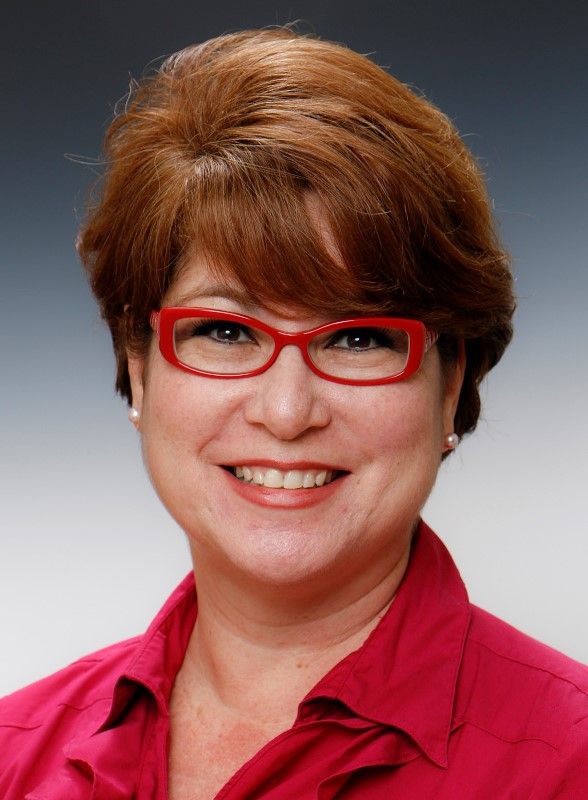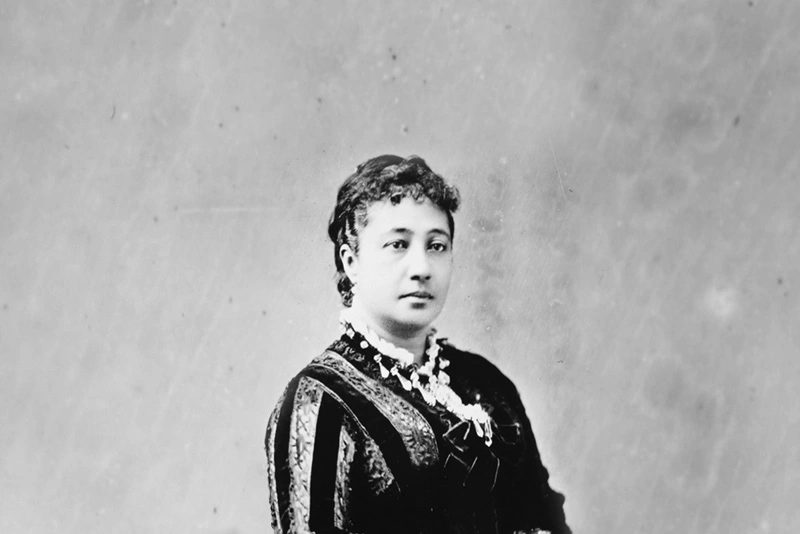Lydia Kamaka‘eha Lili‘uōkalani Dominis and Bernice Pauahi Pākī Bishop’s lives were intertwined, practically from birth.
Over time, their relationship has grown through the legacy left by these two great women, a legacy that has been woven into the lives of many Native Hawaiians.
Both ladies were born into a rapidly changing Hawaiʻi; Pauahi in 1831 and Lili‘uōkalani in 1838.
Foreigners were now an entrenched reality, and Native Hawaiians were severely decimated by diseases brought by the foreign visitors. Measles, small pox and cholera were just a few on a long list of diseases that Hawaiians had no immunity to.
This “great die off,” as it has been called, played a large role in what Pauahi and Lili‘uōkalani would leave behind for their people.
Lydia Kamakaʻeha lived believing deeply in the concept that no Hawaiian child would be cast aside. Liliʻuōkalaniʻs legacy, The Queen Liliʻuōkalani Trust (QLT), was created to help prevent that very thing.
The aliʻi regularly made the binding hānai promise: “Nāu ke keiki kūkae a naʻau — I give you this child, intestines and all.” Upon her birth, Lili‘u became the hānai child of High Chief Abner Pākī and High Chiefess Laura Konia.
Bernice Pauahi, the founder of Kamehameha Schools, spent no more than a week with her birth parents — the same Laura Konia and Abner Pākī — before they handed her to Kina‘u, as Lili‘u was handed to them.
Kīnaʻu knew this promise well, as she had given her son, Lot Kamehameha, to the governor of Maui, Ulumaheihei Hoapili.
Thus the fates of these two, high born, aliʻi children were forever intertwined.
Pauahi and Liliʻuōkalani did not live together until they went to school at the Chiefs’ Children’s School, which was founded in 1839. There, Pauahi excelled in most everything she tried, but she was no match for Liliʻu when it came to musical talent.
Liliʻu had near perfect pitch and wrote many mele, and she said, “To compose was as natural to me as to breathe…”
Each of the women married men who were not Hawaiian.
Pauahi married Charles Reed Bishop despite the displeasure of both her birth father, Pākī, and hānai father, Kekūanaōʻa, for they had set their hearts on her marrying Lot, but he released Pauahi from her obligation to him.
Pauahi and Charles were married on June 4, 1850.
Lili‘u first encountered a young John Owen Dominis during her time at the Royal School, which had changed its original name of the Chiefs’ Children’s School.
Dominis attended a small day school next door, and the boys there would climb the adobe wall to look at the royal children. We know that Lili‘u’s hānai sister, Pauahi, and brother-in-law, Charles, approved of the match.
Liliʻu married Dominis on Sept. 16, 1862. They were married at Haleakala, the home built by Pākī and passed to Pauahi after his death.
Neither Pauahi nor Lili‘u bore children of their own, much to the heartache of both ladies. Pauahi lost her only hānai child in infancy, and was never able to hānai another child after.
Liliʻu was hānai mother to John Aimoku Dominis, Kaiponohea Aea and Lydia Aholo Dominis.
Just as Pauahi’s gift of education went in support of all children of Hawai‘i, Liliʻuōkalani’s generosity also extended to other children besides those she called her own.
She sponsored the education of several Native Hawaiian students at both Kawaiahaʻo Seminary and the Kamehameha School for Boys. Lydia Aholo Dominis was in the first graduating class of the Kamehameha School for Girls, and she went on to teach there as the first teacher of Hawaiian language.
As their lives were intertwined, the legacies left by Bernice Pauahi and Lydia Kamakaʻeha tend to also weave together the lives of many beneficiaries of their trusts.
Many of those blessed by the legacy of the Liliʻuōkalani Trust attend The Kamehameha Schools. Many of the graduates of Kamehameha Schools find their way into the service of the mission of the Liliʻuōkalani Trust.
The Queen Lili‘uōkalani Children's Center is a social service agency created to fulfill the queen’s mission to care for and support orphan and destitute children throughout the state of Hawai‘i and dedicated to improving their welfare.
Both women were visionaries who saw the difficult path for Native Hawaiians of the future. Both women gave everything they had in order to uplift their people.
We gratefully remember our generous Ke Aliʻi Pauahi, and her hānai sister, Queen Liliʻuōkalani, and the legacies left for us today.
KS Columns
KS subject matter experts currently author quarterly columns on spirituality, KS history, and data and research. In this “Inside the Archives” column, KS archivist Stacy Naipo tells the story of how Queen Liliuokalanai and Princess Pauahi’s lives were intertwined, practically from birth.
Be on the lookout for future columns on sustainability, and natural and cultural resource management. To view more columns, visit the I Mua Newsroom “Columns” section archive.

KS Archivist Stacy Naipo

Queen Lili‘uōkalani’s hānai daughter Lydia Aholo Dominis (top row, second from right) was a member of the first graduating class of the Kamehameha School for Girls in 1897.

Lili‘u and John Owen Dominis were married at Haleakala, the home built by Pākī and passed to Pauahi after his death.
TAGS
CATEGORIES
Kaipuolono Article, Newsroom, Department News, Features
Print with photos
Print text only










